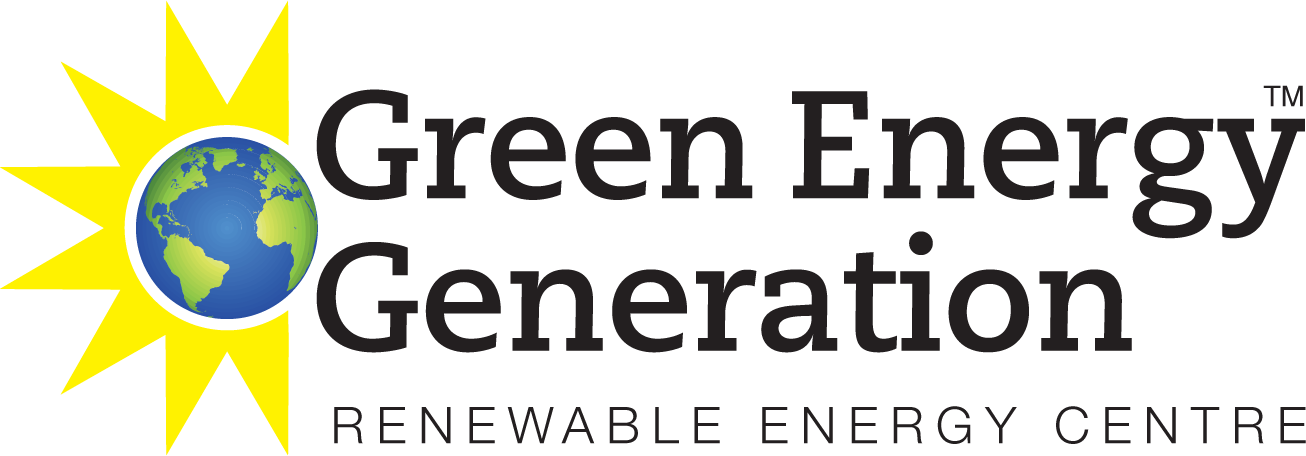Renewable Heat Incentive (RHI Scheme)
What is the Renewable Heat Incentive?
The RHI is a fixed payment for the renewable heat you generate yourself. It is very similar to the Feed In Tariffs, a comparable scheme for electricity which went live in April 2010. The Feed in tariffs have done more than anything else to accelerate the installation of renewable energy capacity in Europe. This is the reason why the founders of the Renewable Heat Incentive were so active in the campaign to introduce it in the UK. They succeeded and Phase 1 opened for applications in November 2011. It covers commercial and community installations and pays a generation tariff per kWh over a 20 year period. It aims to give a 12% return on capital and is also indexed linked. The heat produced must be measured by a meter. Phase 1 is for commercial residents only.
The tariffs set for this phase are:
- Small Biomass (less than 200kWth) Tier 1 - 7.9p/kWh, Tier 2 - 2.2p/kWh
- Medium Biomass (200kWth < 1000kWth) Tier 1 - 4.9p/kWh, Tier 2 - 2.2p/kWh
- Large Biomass (1MWth+) Tier 1 - 1p/kWh
The biomass tariffs are tiered to avoid any incentive to generators to generate excess or wasteful heat to maximise their RHI payments. It is set at a 'reasonable minimum level of use it would expect from a renewable heat installation providing space heating', which has been based on the equivalent of running the installation at full capacity for 15% of the year. So, each year you will receive the higher tier 1 tariff for the first 1,314 peak load hours, and the lower tariff after that.
While the Renewable Heat Incentive is similar to the Feed In Tariff, there are some clear cut differences, in particular:
- It will be paid by the Treasury and not by energy users.
- There is no 'National Grid' for heat therefore importing and exporting is irrelevant.
- It will be introduced in separate phases, with residential schemes not eligible until Phase 2.
There are 3 steps to the RHI:
- You install in your property your renewable heat system such as solar thermal, heat pumps or a biomass boiler.
- You then measure how much heat your renewable energy systems produce.
- You get a fixed amount based on that output, the type of technology and the size of the system.
Who is it for?
Broadly speaking the Renewable Heat Incentive is for everyone, including households, landlords, businesses, farmers, schools, hospitals, care homes and many more. The RHI can even be used by entire communities, coming together to invest in a renewable scheme from which they will use the heat and share the income.
However residential systems are not eligible for support until Phase 2.
(See DECC website - Department of Energy & Climate Change)
Duration and Variation
The tariff levels are fixed for 20 years from the registration date and are adjusted for inflation. Once you start at a given tariff, it is guaranteed for the full 20 year period and index linked.
How does the index-linking work?
Each year the set level of the tariffs will be adjusted pro-rata to the retail price index. The tariff administrators will publish the updated tariff levels.
How long is it due to run for?
The Renewable Heat Incentive is expected to be open for new registrations until at least 2020.
Where are we at now with the RHI?
Summer 2013: RHI starts for domestic installations.
September 2012: Start consultation on other issues including domestic installations.
July - November 2012: Consult on long-term cost control, air quality and biomass sustainability for implementation in April 2013.
April - June 2012: Consult on interim cost control for implementation in July 2012-07-05.
This is where we are so far with the Renewable Heat Incentive; however a scheme which is a phase within the RHI is already available:
- Renewable Heat Premium Payment
What is the Renewable Heat Premium?
From July, up to 25,000 household heating installations will be supported by a Renewable Heat Incentive Premium Payment. This will help people to cover the purchase price of green heating such as solar hot water heating and biomass boilers. Those taking up the premium payment will then be able to apply for an RHI tariff when it goes live to the domestic sector in 2013.
The RHI Premium Payment will be worth around £15m and will be spread across a range of renewable technologies and to all regions of the UK.
When it comes to those who are eligible for the Premium Payment, certain criteria has to be met, for instance:
- The home must be well insulated to keep the heat that you will produce from your green technology in, and this can be told from the Energy Performance Certificate for the property.
- The householder must agree to give feedback on how well the equipment installed performs.
A key focus on this initial phase will be on people living off the gas grid, where fossil fuels like coal and oil are both more expensive and have higher carbon content.
In the industry, commercial and public sector, currently half of the UK's carbon emissions come from energy used to produce heat - more than from generating electricity. The RHI will reduce emissions by the equivalent of the annual carbon emitted by 20 typical new gas power stations, helping the government to achieve its target of cutting CO² emissions by 2020.
If you would like to enquire about the Renewable Heat Incentive, please call us on 01670 828695 (Northumberland), or 01751 432096 (North Yorkshire).



